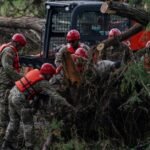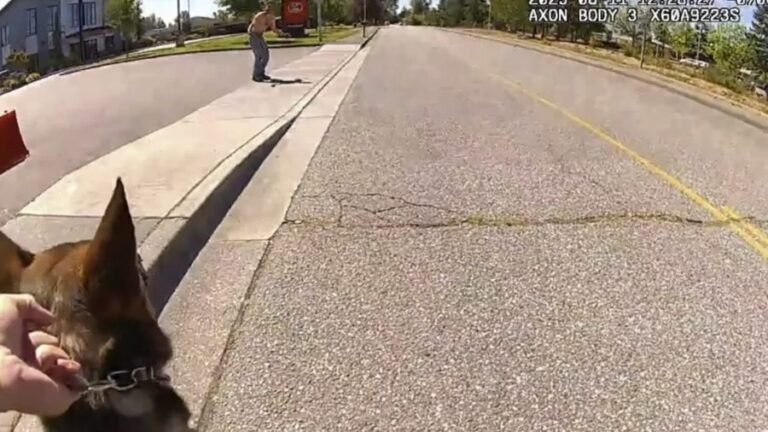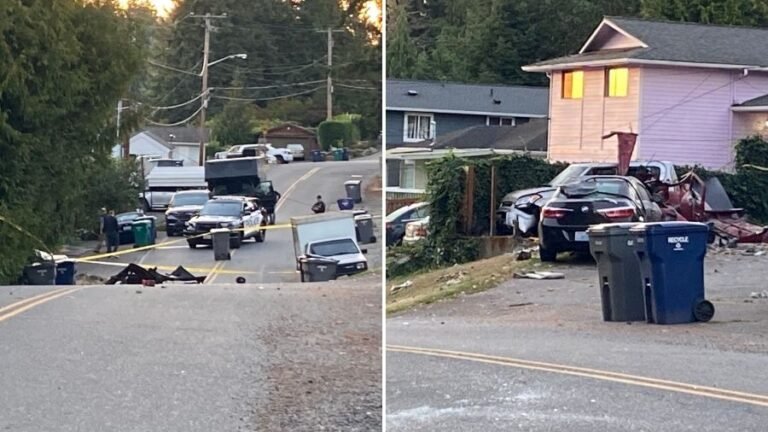
<a href="https://mynorthwest.com/pacific-northwest-weather/texas-flash-flood/4107422" target="_blank">View original image source</a>.
Imagine waking up to find your neighborhood has turned into a raging river—sounds like a nightmare, doesn’t it? That’s exactly what recently happened in Texas, where up to 15 inches of rain fell in a few short hours, resulting in devastating flash floods along the Guadalupe River. With dozens of lives lost and countless others still missing, this disaster has sparked some serious conversations about emergency response and how we can use this tragedy to learn in places like Western Washington.
As the rainfall came crashing down, the National Weather Service did issue timely warnings, but unfortunately, many folks were caught off guard while they snuggled under their blankets. It turns out that nighttime flooding can really mess with emergency alerts, and this incident serves as a wake-up call for how we handle these situations in the future. After all, you’d think we’d have a plan in place by now, right? This isn’t the first time we’ve faced a flood emergency, and the lessons from the past appear to have washed away.
So, what’s the moral of the story? Western Washington must ensure that we have multiple channels for alert systems ready to go. From Wireless Emergency Alerts that can ping us on our phones, to good old-fashioned NOAA Weather Radio that still works during power outages, redundancy is key—kind of like wearing a raincoat when you know it’s going to pour! What steps is your community taking to prepare for severe weather?
As we reflect on this, it raises a crucial question: Are we prepared for the worst in our own backyards? It’s time to start that dialogue and ensure we’re not just learning from others’ mistakes but putting those lessons into action before it’s too late.
To get daily local headlines delivered to your inbox each morning, sign up for newsletter!

















